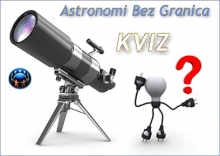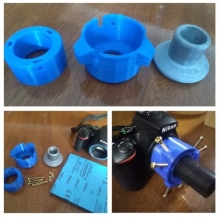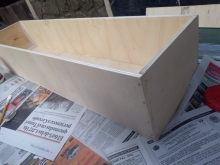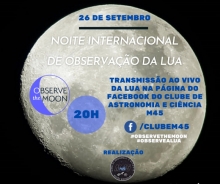Jupiter has been a source of wonder since Galileo first pointed his telescope at it on January 7, 1610. Galileo saw only three of Jupiter's four large moons that night but he spotted the fourth the next night. Galileo correctly surmised that they were satellites of Jupiter after watching their motions over several nights though he still referred to them as "stars." Today we refer to them as the Galilean moons of Jupiter. What would Galileo have thought of the detail we can see on the planet with even modest modern telescopes?
Two good resources for observing Jupiter are A Guide to Observing Jupiter and S&T's Jupiter Observing Guide.
Lots of people are fascinated by Jupiter's Red Spot. Get an overview of Red Spot Observing and get even more details on the Red Spot.
Sky and Telescopes Red Spot Transit day in UT times for April 2013:
April 1: 5:09, 15:05; April 2: 1:01, 10:57, 20:53; April 3: 6:48, 16:44; April 4: 2:40, 12:36, 22:32; April 5: 8:28, 18:23; April 6: 4:19, 14:15; April 7: 0:11, 10:07, 20:03; April 8: 5:58, 15:54; April 9: 1:50, 11:46, 21:42; April 10: 7:38, 17:34; April 11: 3:29, 13:25, 23:21; April 12: 9:17, 19:13; April 13: 5:09, 15:04; April 14: 1:00, 10:56, 20:52; April 15: 6:48, 16:44; April 16: 2:40, 12:35, 22:31; April 17: 8:27, 18:23; April 18: 4:19, 14:15; April 19: 0:11, 10:06, 20:02; April 20: 5:58, 15:54; April 21: 1:50, 11:46, 21:41; April 22: 7:37, 17:33; April 23: 3:29, 13:25, 23:21; April 24: 9:17, 19:12; April 25: 5:08, 15:04; April 26: 1:00, 10:56, 20:52; April 27: 6:48, 16:43; April 28: 2:39, 12:35, 22:31; April 29: 8:27, 18:23; April 30: 4:19, 14:14
Share your Jupiter experience with us:
Share your photos of Jupiter or of outreach with us via GAM2013 Facebook or Flickr group or Tweet using #GAM2013 and/or #JupiterWatch hashtag (@gam_awb).
Check out our Observing Resources and People with Disabilities Astronomy Resources.
Don't forget to login and register your event.





























